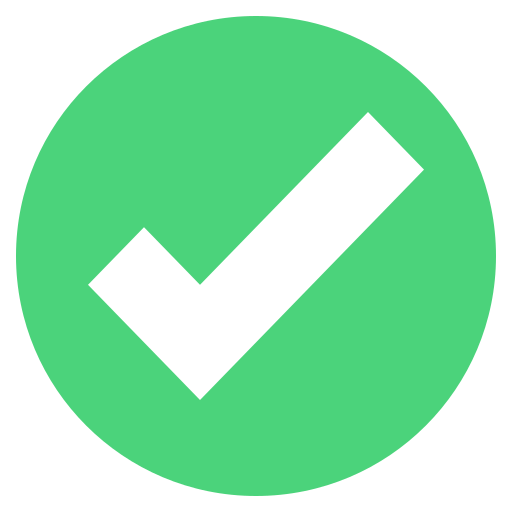

More options: having an installed webfont allows you to update the style, add new icons/characters to the font, etc.Including a webfont ensures that every user will see the same thing, regardless of platform or default fonts. In fact, wikipedia's current list of unicode fonts is decently long, but the supported characters vary widely between each font, and there are clear differences between how the each font is rendered by different platforms. portability: although every major browser uses a unicode font by default, there are still some computers or devices which may render with a non-unicode font by default.code readability (very few developers will know what \u2713 or ✓ means, but check is easy to understand.use of multiple styles (you can make web fonts with numerous styles of check marks for different situations you're not locked into one style).control over style (you can make your own web font character of any style, whereas unicode characters are what they are).The advantages to using web fonts over unicode characters are:
Check mark copy and paste emoji how to#
Google (who made and maintains material icons) also did a good job of explaining web fonts and how to use them here: īasically web fonts are the best of both worlds: the customization of images and the usage/dynamics of font characters.

For example, material icons has a check mark: text("\u2713"), but in the past few years web fonts have become more common. Check out the Point of Sale (POS) system, and low-rate credit card processing from our partner. You can certainly still use unicode characters (. Red Exclamation Mark was approved as part of Unicode 5.2 in 2009 under the name 'Heavy Exclamation Mark Symbol' and added to Emoji 1.0 in 2015. For the sake of those coming from Google, I wanted to add another option that's become available in recent years, but is not mentioned in previous answers. This question (and the answers) are now five years old. You can also use a check mark in a web font.


 0 kommentar(er)
0 kommentar(er)
